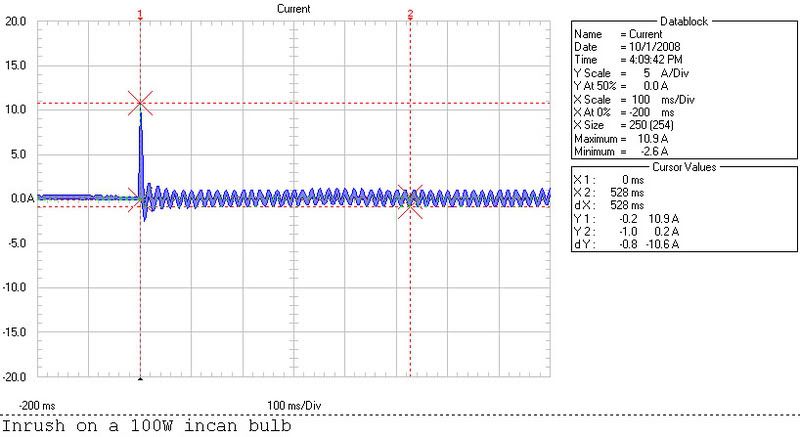Nothing else????
Nothing else????
I am still going with the coffee pots. If you have an impedance tester, you should be able to see the circuits layout even behind the walls.
There was a thread from the day before yesterday on a breaker tripping when the phone rang. People kept writing in with suggestions after the question was answered. Thing here is, the problem hasn't been solved.
I have several questions on this. I was waiting for someone else to ask before me.
-Has there always been coffee pots at this location?
-If so, are the 2 that fried a different type?
-How big and what type of pots are these?
-How many shifts are run there? Are these pots electronically controlled?
-Are there other things plugged into this recep, or just the one pot?
-I apologize, I can't see a pot frying with a supply of, what did you say, 112V's?
-What about make and model so we can see specs?
I am willing to bet if you open up these pots, you'll find the TCO fried.
Always curious,...........ohhhhh the suspense!:grin: :grin:
More questions after your response to come:wink:


